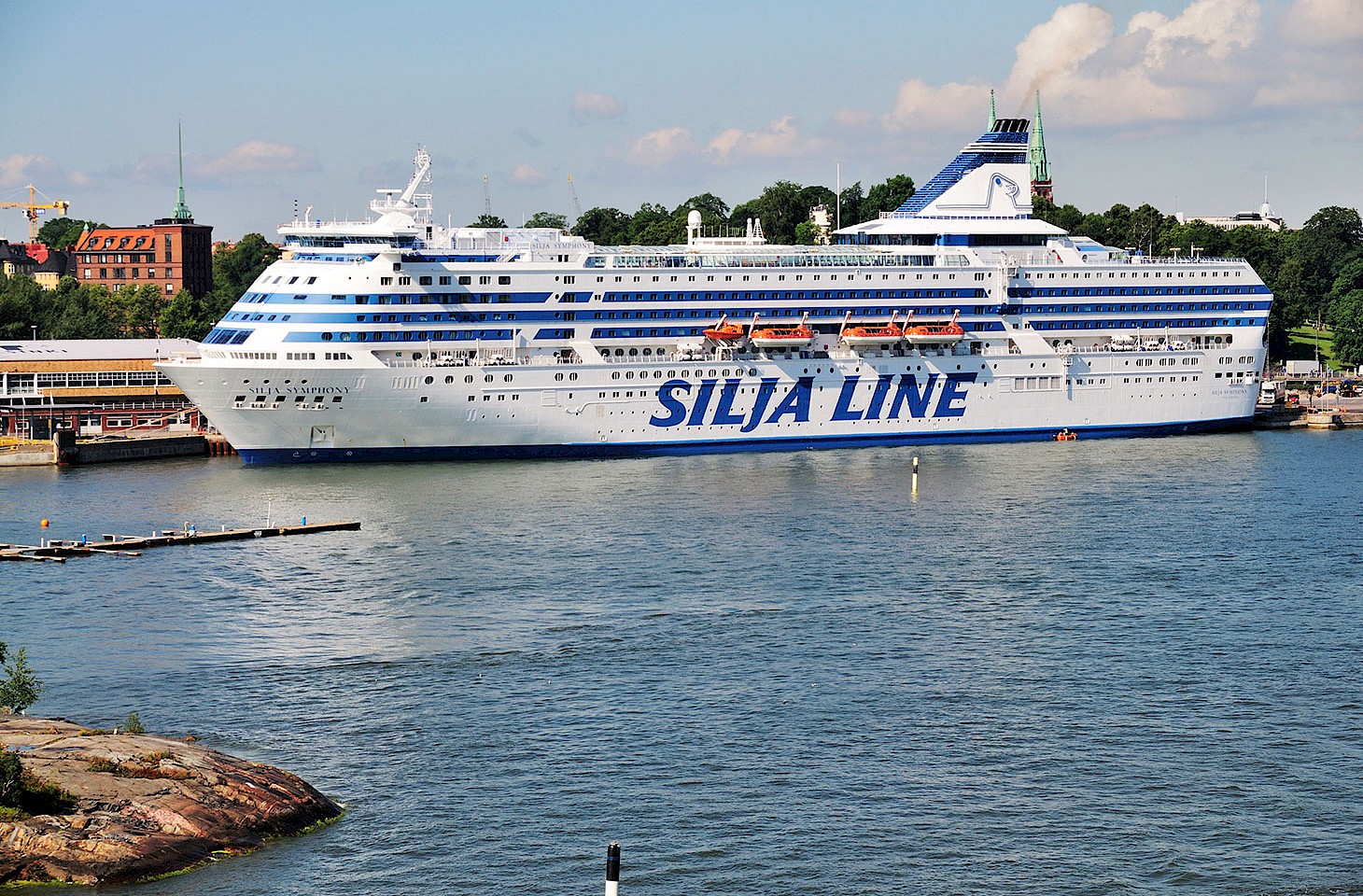Wanny Wolstad was a remarkable woman. In the early nineteen thirties she became Tromsø's first female taxi driver. It was an occupation which doubtless afforded her some passing contact with trappers and hunters arriving with their spoils in the remote Norwegian city off boats from Svalbard, the Arctic archipelago almost one thousand kilometres away to the north of Tromsø. In a startling change of vocation, Wolstad decided, over the space of just a few days in the summer of 1932, that driving a taxi, though giving a decent income, really had its limitations. She jacked in her job, boarded a ship called Mayflower, and headed for Spitsbergen. Wanny Wolstad spent five successive winters in the Hornsundet area of southwest Spitsbergen, hunting bears and other animals, and so earning herself a place in the history books as one of the very first women to have elected to live the life of a hunter and trapper in the European Arctic.
Wolstad, once she had experienced life in the high Arctic, simply could not keep away, just like generations of travellers since. Expedition cruises now take tourists to many of Europe's Arctic islands, and for rich adventurers the Russian nuclear-powered icebreaker Yamal even makes a couple of trips each summer from the Barents Sea port of Murmansk to the North Pole and back. With prices starting at over thirty thousand euros for a basic double cabin for the two week trip, there are presumably not a lot of hidden europe readers rushing to book places.
Yet despite the growing number of tourists venturing into Arctic wilds, the human imprint on the European Arctic remains relatively modest. Our Arctic territories are a terra incognita on our very doorstep. A sizeable chunk of Europe lies north of the Arctic Circle. The Svalbard archipelago alone is over twice the size of Belgium. Russia has two groups of islands around the Barents Sea that fall within our purview: Franz Josef Land and Novaya Zemlya. The latter, as the northward extension of the Ural Mountains, effectively marks the Arctic boundary between Europe and Asia and incidentally boasts in Cape Zhelaniya Europe's easternmost point. And, the offshore islands apart, four countries on the European mainland (Russia, Norway, Sweden and Finland) have substantial areas north of the Arctic Circle - with vast tracts of northern forests and tundra that still lie far beyond the regular tourist trails.


